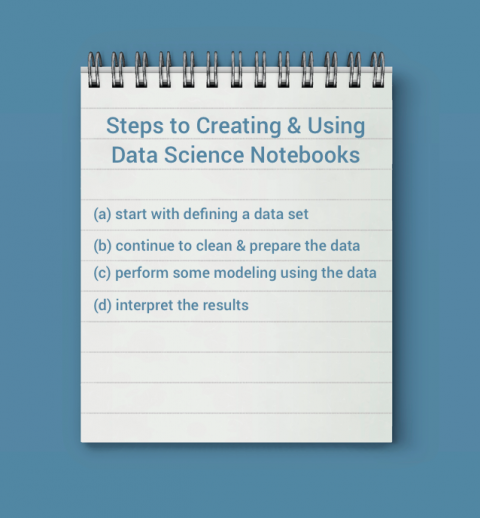Operations | Monitoring | ITSM | DevOps | Cloud
Sumo Logic
Level 2 Certification: Using Sumo Logic - Oct 2018
5 Best Practices for Using Sumo Logic Notebooks for Data Science
This year, at Sumo Logic’s third annual user conference, Illuminate 2018, we presented Sumo Logic Notebooks as a way to do data science in Sumo Logic. Sumo Logic Notebooks are an experimental feature that integrate Sumo Logic, notebooks and common machine learning frameworks. They are a bold attempt to go beyond what the current Sumo Logic product has to offer and enable a data science workflow leveraging our core platform.
How to Monitor Azure Services with Sumo Logic
This week at the Microsoft Ignite, we unveiled two new Sumo Logic applications for Microsoft Azure services — Azure SQL Database and Azure Active Directory — and two new native integrations with Azure Monitor and Blob Storage. As a cloud-native company, our goal at Sumo Logic is to give our customers the flexibility to create digital IT and DevOps initiatives that leverage multi-cloud deployments in Amazon Web Services (AWS), Google Cloud Platform (GCP) and Microsoft Azure.
Cloud Complexity Management, a New Need for 2019
Announcing the Sumo Logic Global Intelligence Service at Illuminate 2018
In today’s hyper-connected world, a company’s differentiation is completely dependent upon delivering a better customer experience, at scale, and at a lower cost than the competition. This is no easy feat, and involves a combination of many things, particularly adopting new technologies and architectures, as well as making better use of data and analytics.
Introducing Sumo Logic's New Cloud SIEM Solution for Modern IT
Today at Sumo Logic’s annual user conference, Illuminate, we are announcing a new cloud SIEM solution to address fundamental challenges legacy security analytics tools have failed to solve.
Sumo Logic's Third Annual State of Modern Apps and DevSecOps in the Cloud Report is Here!
Imagine that you are tasked with architecting your mission-critical cloud application. Or migrating your on-premises app to the cloud. And you ask yourself “how do the cloud savvy companies like Twitter, Airbnb, Adobe, SalesForce, etc. build and manage their modern applications?”
How Our Customers Influence the Sumo Logic Product
Sumo Logic is no different than most companies — we are in the service of our customers and we seek to build a product that they love. As we continue to refine the Sumo Logic platform, we’re also refining our feedback loops. One of those feedback loops is internal dogfooding and learning how our own internal teams such as engineering, sales engineering and customer success, experience the newest feature. However, we know that that approach can be biased.
Understanding Sumo Logic Query Language Design Patterns
The Sumo query language can be a source of joy and pain at times. Achieving mastery is no easy path and all who set on this path may suffer greatly until they see the light. The Log Operators Cheat Sheet is a valuable resource to learn syntax and semantics of the individual operators, but the bigger questions become “how can we tie them together” and “how can we write query language that matters?”








